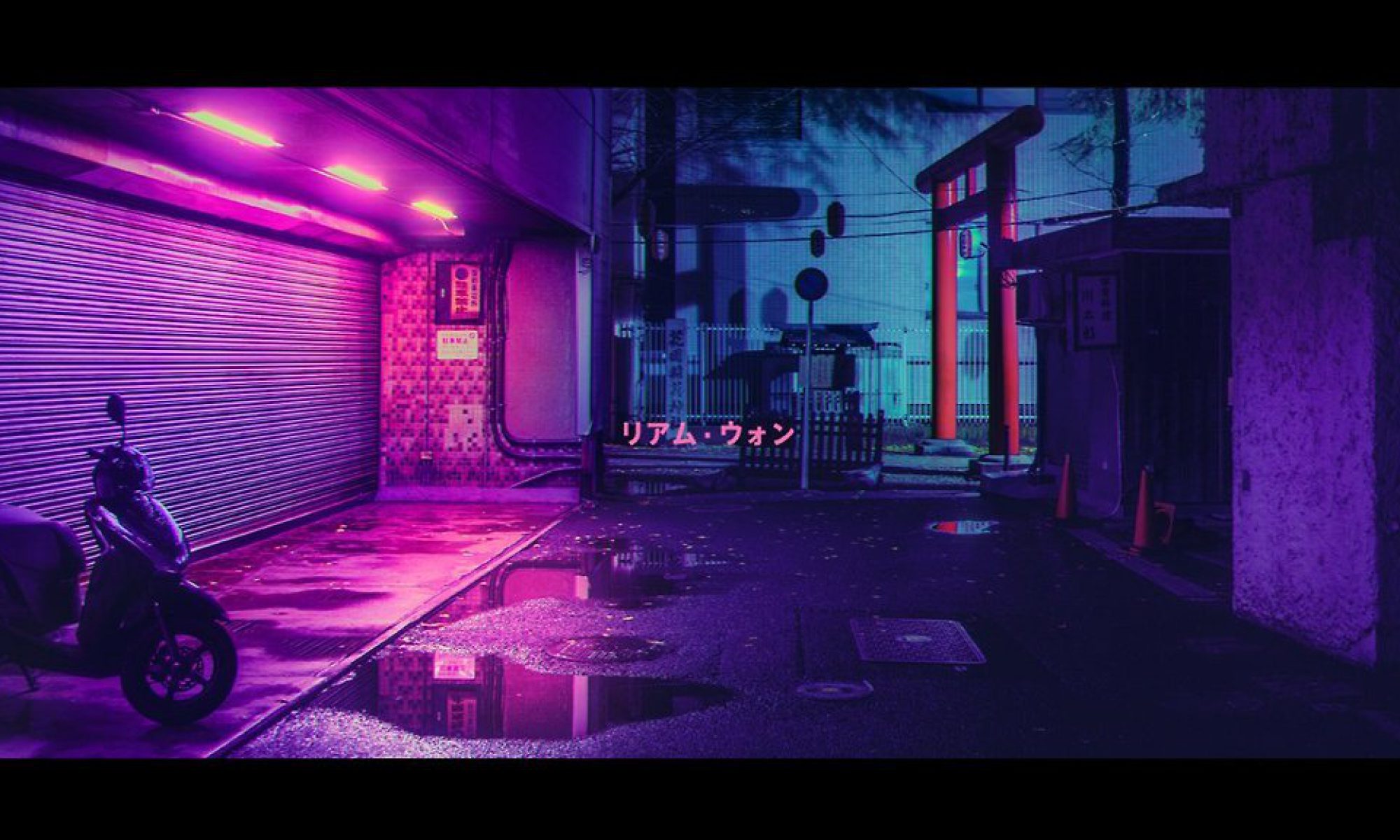To think Foundation 2D has ended, this overall school year has ended, it’s really an overwhelming bittersweet taste of relief and sadness all these fun times are over.
From silkscreen to this actual zine, I’m really in love with this module.
Here’s some of the links below with various checkpoints of my project:
1. Research Findings – Site Visit
2. Project 2 Part 1: Infographic
Last but not least, Part 2 – PRESENTING MY ZINE!!!
Problem: Geylang often seen as a sleazy, red light district. How can we paint another light for Geylang? How is it perceived by the other Singaporeans in the neighbourhood?
Solution/Approach: Showcase other sides of Geylang in the Zine, together with a sticker pack with people from all walks of life, found in every parts of Singapore.
Message: Our Geylang, is for everyone.
Final Cover
Sticker Pack Images – Intention, they are people from all walks of life, everywhere in Singapore (not just limited to Geylang).
Process and Inspiration:
The amount of drafts was pretty intense.
 Texture play, placement exploration, the slide show below show all the different layouts over the progress of my submissions.
Texture play, placement exploration, the slide show below show all the different layouts over the progress of my submissions.
The beauty of having a visual journal includes making super cute mini zines to cut printing cost AHHAHAHAHA
The biggest most amazing process I would say is really to explore different chinese typefaces to suit the overall look and feel of this magazine.
In the end, after much exploration, I’ve settled for:
Miao Miao
Inspiration:
Pann Lim from Kinetic has always been some of inspiration from design.
I think one of the theme I try to keep to my inspiration board is definitely local designers first above everything else. It’s not because I want to be limited to our island shores, but I seriously think our country has some of the best talent. It’s true that overseas is always good, but hey, Singapore Design is amazing too. We are all learning to be better.
Reflections:
This is one of my proudest work yet. Only because of the motivation from the classmates around, during consults and during crunch time. To just break free from typical layouts and standby my own style and presentation.
It was interesting be motivated by Joy to return to previous alliterations of the design rather than a safer route.
Another conflict I had internally was also to execute the neon colours in Risography, but due to the budget of the project, and the fact that I’ll be spending another 3 more years doing VC, I’ve decided to stall this medium and leave it to future projects that requires it more.
Next Steps:
Challenge myself this holiday: Make this zine interactive:
Current Progress online hosting
https://indd.adobe.com/view/b756fdaf-fe4f-4833-9833-2b8695bcfef5
KEEP A LOOK OUT MATE! IMMA MAKE IT INTERACTIVE
























